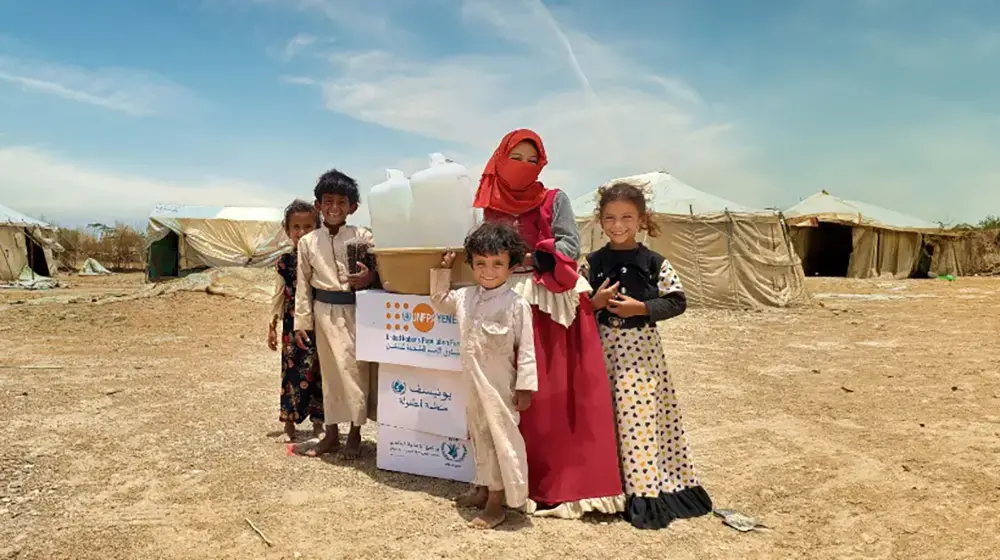Women and girls continue to bear the brunt of the crisis. An estimated 80 per cent of the 4.5
Gender-based violence has become endemic in Yemen
Early
With limited shelter options, displaced women and girls tend to suffer most from lack of privacy, threats to safety and limited access to basic services, making them ever more vulnerable to violence and abuse. Displaced girls are more likely to lose access to schooling as families with limited resources de-prioritize their right to education.
Conflict-related loss of male breadwinners in Yemeni families adds to the economic burdens women face, especially in the case of female-headed households. The pressure is even more severe where women or girls suddenly find themselves responsible for providing for their families when they themselves have been deprived of basic education or vocational training that would equip them for the labour market. In the absence of adequate empowerment and support, women and girls readily become vulnerable to negative coping strategies such as child marriage and child labour.
Access to comprehensive
The cumulative impact of years of conflict and persistent humanitarian needs have also taken a heavy toll on the mental health of Yemenis, particularly its women and girls. An estimated 1 in 5 people suffer from mental health disorders, according to a 2017 study. However, mental healthcare remains scarce in Yemen. Mental illness is highly stigmatized, and the proportion of psychiatrists per population is insufficient.
UNFPA, through its partners, works across the country to ensure the protection of women and girls:
Key Interventions:
- Provide medical supplies including post-rape treatment kits.
- Respond to different forms of violence through the provision of psychosocial support, legal aid, access to safe houses and referrals to health and other services.
- Engage men and boys to enhance mitigation of different forms of violence at the community level.
- Strengthen community awareness about issues related to different forms of violence, and available relevant services.
- Establish referral pathways, protocols and build capacity of service providers and responsible institutions to address challenges for the protection of women and girls.
- Provide support services and livelihood opportunities for survivors of various forms of violence.
- Lead coordination of women’s protection response through the women’s protection sub-cluster within the Protection Cluster.



